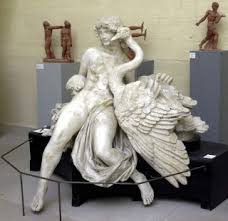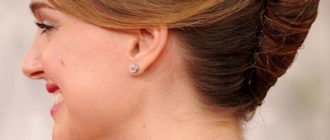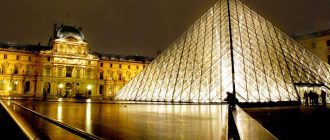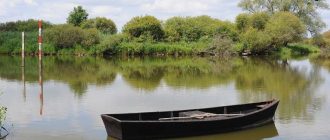Want to learn how to make a two dimensional sculpture in plaster of Paris? Read on for a step by step guide teaching you how to make plaster of Paris sculptures…
Plaster of Paris is one of the most versatile materials that can be used for the purpose of creating two dimensional sculptures. There are two basic methods in which this medium can be used to create a sculpture. One is known as direct modeling and the other is by casting the plaster of Paris from clay.
Making the Armature
Plaster of Paris is available in different grades. When making use of the direct modeling method ordinary plaster would suffice. In order to create a block of plaster to carve from you will need to pour the plaster into a box. You will need to create an Armature for your sculpture which is basically a frame. Any rigid material like wires and steel can be used to make the frame. The frame acts like a basic outline of your sculpture and is meant to hold the plaster securely in place.
Mixing the Plaster
Once the frame has been constructed using your materials of choice you will now begin working with the plaster. You will have to mix powder-based plaster of Paris with water in order to bring it to the required state. It is very important to mix the right amount of plaster with the right amount of water in order to get the right consistency. Basically you can fill half a bucket with water and add a scoop of plaster. Continue to add scoops of plaster into the water gently mixing them with your fingers. You need to be continuously mixing the plaster because it will begin to react with the water instantly. You will know that the correct balance has been achieved when you see small mounds of plaster on the surface of the water.
Carving in the Plaster
The next step is to throw in the plaster in your Armature. You will do this when you find the plaster setting in the bucket. This semi-rigid consistency will allow you to easily place the plaster in the Armature. Work with the plaster until you have created the shape perfectly. Once the Armature has been filled with the right consistency of plaster you will begin the carving process. The good thing about plaster of Paris is that you can continue to add more plaster if you feel you require more of it to carve in the details.
The best time to carve in your two dimensional plaster surface is when the surface is still slightly wet. You can use basic carving tools available at most arts and crafts shop to conduct the carving. In general the sharp instrument can be used to carve into plaster of Paris. The basic shapes should be carved in before the plaster hardens. However the details can only be inserted once the plaster has hardened.
It is important to note that your final product in plaster of Paris will be subject to the effects of weathering. This is why it is advised to keep all two dimensional sculptures in plaster of Paris indoors.





